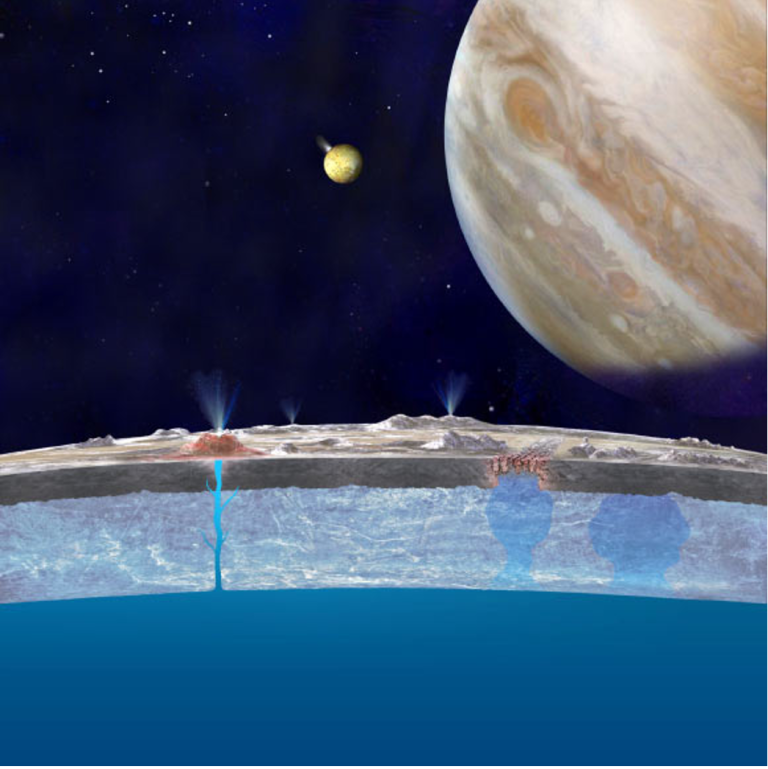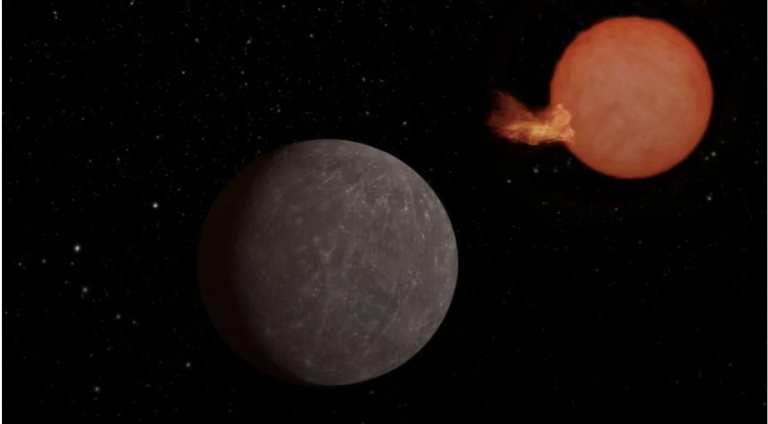
For the first time in decades, two long-period comets i.e. C/2025 A6 (Lemmon) and C/2025 R2 (SWAN) are simultaneously gracing Earth’s neighborhood. Both comets reached their closest approach around October 20–21, providing a rare “double-comet week” that thrilled astronomers around the globe.
Comet Lemmon, discovered by the Mount Lemmon Observatory in Arizona, has developed a bright emerald-green coma created due to cyanogen and diatomic carbon gases fluorescing in sunlight. Its tail, stretching several degrees across the sky, has been visible even in modest binoculars. Meanwhile, Comet SWAN, first detected in images from NASA’s SOHO(Solar and Heliospheric Observatory) spacecraft, has developed a distinct bluish-white hue with a sharply defined dust tail Visible through Binoculars and small telescopes.
Although neither of them has reached the brightness of famous comets like NEOWISE, their near-simultaneous appearance is astronomically rare. Most comets visiting the inner Solar System appear years apart; seeing two long-period comets in one week is extraordinary. Under dark skies, observers in Oman and across the Middle East could glimpse them low in the eastern sky just before dawn.
“It’s like getting two cosmic visitors at once,” said Dr. Alan Hale, co-discoverer of Comet Hale-Bopp. “Each one tells a story of material left over from the birth of the Solar System.”
These comets come from the distant Oort Cloud, a vast reservoir of icy bodies more than a trillion kilometers from the Sun. Their visit offers a fleeting but vivid look into the Solar System’s ancient history like a reminder that even in modern times, celestial wanderers still surprise us.



